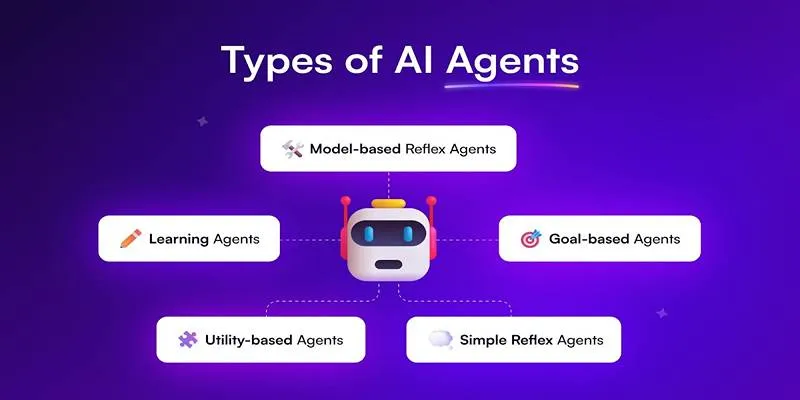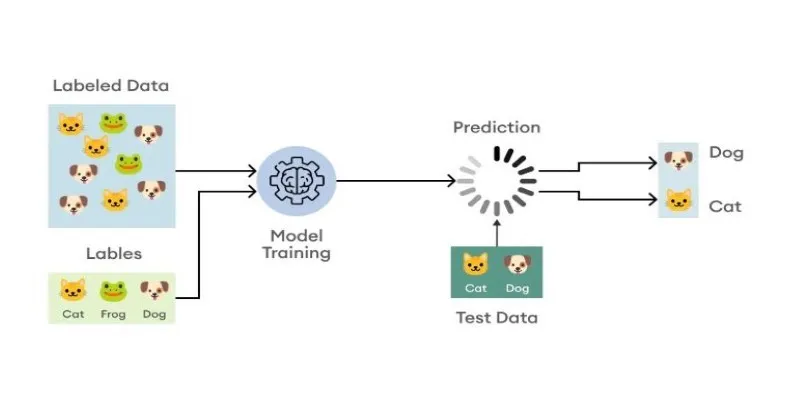Task automation leverages technology to handle repetitive work activities with minimal human intervention. In today’s fast-paced business environments, automation is crucial for enhancing efficiency, boosting productivity, and reducing operational costs. This article explores task automation from various angles, including its benefits, examples of automation capabilities, and strategies for successful implementation.
The Importance of Task Automation
 In the
current high-speed business climate, organizations strive to improve
operations by reducing costs. Employees often spend significant time on
monotonous tasks that add little strategic value. According to Precedence
Research in 2024, businesses lose approximately 4.5 hours weekly on activities
that could be automated. Inefficient task completion not only hampers
productivity but also affects employee satisfaction.
In the
current high-speed business climate, organizations strive to improve
operations by reducing costs. Employees often spend significant time on
monotonous tasks that add little strategic value. According to Precedence
Research in 2024, businesses lose approximately 4.5 hours weekly on activities
that could be automated. Inefficient task completion not only hampers
productivity but also affects employee satisfaction.
Task automation offers a practical solution by taking over routine procedures, allowing teams to focus on strategic tasks that require creativity and problem-solving skills.
What Is Task Automation?
Task automation encompasses software tools and AI systems that perform tasks without human interaction. These systems use predefined workflows where specific triggers activate actions automatically. Examples include:
- Automated systems sending welcome messages to new service subscribers.
- Payroll systems calculating employee pay based on recorded attendance.
- Task automation enhances accuracy and speeds up operations by reducing reliance on human labor.
Benefits of Task Automation
Organizations gain numerous benefits from task automation, leading to improved performance at both organizational and individual levels.
1. Enhanced Efficiency
Automation speeds up workflow processes beyond human capabilities. For example:
- Automated invoicing systems process payments faster than manual methods.
- Marketing platforms enable simultaneous social media posting across multiple channels.
2. Reduced Errors
Automated systems performing repetitive tasks, such as data entry, minimize human errors, maintaining consistent and accurate results.
3. Cost Savings
Automation reduces labor-intensive operations, significantly cutting operational budgets. According to Precedence Research, RPA can deliver financial returns ranging from 30% to 200%.
4. Increased Productivity
By eliminating monotonous tasks, employees can dedicate more time to critical activities like strategy development and client engagement.
5. Scalability
Automation enables organizations to handle increased workloads without proportionate expansions in staff or resources.
6. Improved Employee Satisfaction
Removing repetitive tasks boosts employee morale, allowing them to focus on meaningful projects aligned with their skills and interests.
Types of Tasks That Can Be Automated
 Tasks that
are repetitive, rule-based, and require little creativity are ideal candidates
for automation. Common examples include:
Tasks that
are repetitive, rule-based, and require little creativity are ideal candidates
for automation. Common examples include:
1. Data Entry
Automation systems transfer data from various sources into spreadsheets and databases without errors.
2. Invoice and Payroll Processing
Automated finance tools handle salary calculations, invoicing, and payment tracking without manual intervention.
3. Reporting
Data from multiple sources is processed through automated reporting tools to create comprehensive dashboards for analysis.
4. Social Media Scheduling
Platforms like Buffer and Hootsuite automate the scheduling of posts across different social media channels.
5. Email Campaigns
Automation software manages personalized email sequences for users subscribed to newsletters.
Evaluating workflow tasks allows organizations to maximize automation benefits while minimizing disruptions.
How Task Automation Works
- Task automation relies on software tools set up with detailed rules and triggers.
- Workflows activate when specific events occur, such as receiving an email or updating a database field.
- During execution, the system completes assigned duties like sending responses and generating reports.
- Automated systems operate independently, requiring no human intervention.
Implementing Task Automation in Organizations
To implement automation effectively, businesses should follow these steps:
1. Identify Tasks Suitable for Automation
Identify repetitive, time-consuming tasks within workflows that add little value.
2. Choose the Right Tools
Select software tools that align with industry requirements. RPA tools benefit finance operations, while AI-powered chatbots support customer service.
3. Set Clear Goals
Define your automation objectives, whether reducing costs, improving accuracy, or scaling operations.
4. Train Employees
Provide training to educate employees on the functionality and integration of automated systems within the team structure.
5. Monitor Performance
Evaluate automated workflows using performance metrics to assess time efficiency and error reduction.
Challenges in Task Automation
Organizations face several challenges in task automation:
- Investments are required for purchasing software and infrastructure.
- Compatibility issues may arise when integrating new tools with existing systems.
- Employee resistance to change may occur due to fears of job loss.
- Robust encryption protocols must be implemented to protect sensitive data.
- Organizations should proactively address these challenges to maximize ROI from automation investments.
Conclusion
Modern businesses achieve operational excellence through automated workflows that improve productivity and reduce errors across industries like healthcare and e-commerce. As technologies like RPA and AI advance, more processes become automatable, enhancing organizational efficiency. Embracing task automation is essential for companies aiming to drive innovation and optimize resource use. Understanding task automation and its benefits positions your organization for success in the digital age.
 zfn9
zfn9























